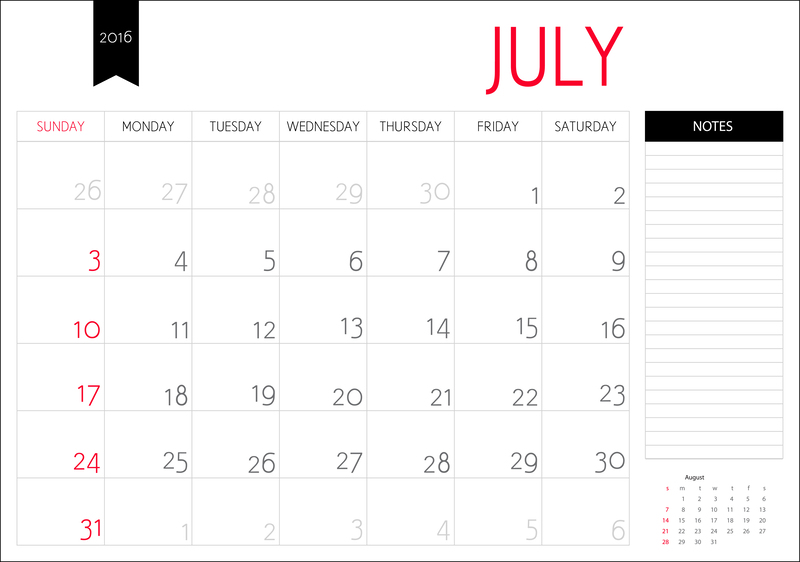Creating a Foolproof Packing Plan for Moving House
Moving house can be a daunting and stressful process, but with a well-structured packing plan, you can streamline the moving experience and minimize unforeseen hassles. Whether you're relocating across town or to another country, having a foolproof strategy for packing your belongings is essential to guarantee a smooth transition. This comprehensive guide provides step-by-step advice to help you create an effective packing plan for moving home, ensuring nothing gets lost, damaged, or overlooked along the way.

Why a Packing Plan is Essential When Moving House
Before diving into the nitty-gritty of packing, it's important to understand why a moving house packing plan is indispensable. Moving involves a myriad of tasks, decisions, and timelines. Without a proper plan:
- Items can be misplaced or forgotten.
- Fragile belongings might get damaged due to improper packing.
- Unpacking at your new location can turn chaotic.
- The stress of the move can be overwhelming.
Creating a methodical and thorough packing strategy transforms a potentially turbulent process into a manageable and even enjoyable experience.
Step 1: Begin with a Moving House Checklist
Organization is the backbone of a foolproof packing plan for your move. Kick off the process by drafting a checklist tailored to your home and possessions. A well-structured packing checklist for moving house will ensure you:
- Keep track of all your tasks, from sorting belongings to labeling boxes.
- Timeline your packing based on the rooms or importance of items.
- Identify items to pack, donate, or discard.
Begin your checklist at least four to six weeks before your moving day. This leaves ample time for every stage of the move, reducing the likelihood of a last-minute scramble.
Sample Pre-Move Packing Checklist:
- Sort and declutter every room.
- Collect and purchase packing supplies (boxes, tape, labels, bubble wrap).
- Label boxes by room and contents.
- Pack an essentials box with daily necessities.
- Notify utility companies and update your address.
Step 2: Declutter Before You Pack
Downsizing your belongings before packing is a critical, yet often overlooked, step in a foolproof house packing plan. Decluttering will:
- Reduce the volume of items to move, lowering moving costs.
- Make unpacking easier and more organized at your new home.
- Give you an opportunity to donate or sell unwanted items.
Work room by room, sorting possessions into categories: keep, donate, sell, and toss. If you haven't used an item in a year or it doesn't bring you joy, consider letting it go.
Maximize your move with these decluttering tips:
- Host a garage sale or sell items online.
- Donate usable goods to local charities.
- Dispose of broken or unused items responsibly.
Step 3: Gather Quality Packing Supplies
The secret to a successful packing plan when moving house is using the right supplies. Sturdy materials protect your belongings during transit and make the packing process smoother and more efficient. The essentials include:
- Various sizes of strong moving boxes (small, medium, large, wardrobe boxes).
- Packing tape and a tape dispenser for secure closure.
- Bubble wrap, packing paper, and foam peanuts for cushioning fragile items.
- Permanent markers and labels for box identification.
- Plastic bags for small parts, screws, or accessories.
It's wise to purchase a few extra boxes rather than running short at the last minute. Quality supplies can mean the difference between arriving with everything intact or opening boxes of broken valuables.
Step 4: Create a Room-by-Room Packing Plan
Approach packing systematically by working through each room individually. A room-based method keeps everything organized and prevents mix-ups.
How to Pack Each Room Efficiently
- Start with less-used areas like attics, basements, and spare rooms.
- Pack non-essentials (seasonal decor, books, extra linens) early.
- Finish with daily-use rooms (kitchen, bathroom, bedrooms).
Label every box with its room and a brief list of contents. For added efficiency, number each box and keep a master inventory on your phone or a notepad. This step will make both moving and unpacking substantially easier.
Packing Fragile and Valuable Items
- Bubble wrap and double-box breakables like glassware or electronics.
- Place heavy items at the bottom of boxes and lighter items on top.
- Fill any gaps in boxes with clothing or packing paper to avoid shifting.
- Clearly mark boxes with fragile items and indicate which side is up.
Step 5: Manage Essential Items with a "First Night Box"
After a long moving day, it's likely you won't want to dig through boxes to find your toothbrush or pajamas. That's why your house moving packing plan should always include a "first night box" packed with necessities for immediate arrival. Include:
- Toiletries
- Bedding and pajamas
- Phone chargers and important electronics
- Medication and basic first-aid kit
- Change of clothes
- Non-perishable snacks and bottled water
- Essential documents and keys
Label this box very clearly and keep it with you--not on the moving truck--to ensure easy access when you first settle in.
Step 6: Label and Inventory Every Box
One of the most crucial aspects of a foolproof moving house packing plan is the labeling and inventory process. This is where most movers can save time and avoid headaches during unpacking.
- Use large, legible labels on the top and at least one side of every box.
- Include the room destination and a short note on contents.
- Color-code boxes by room for even easier identification at a glance.
- Maintain an electronic master list or spreadsheet to track each box number, room, and detailed list of contents.
With a detailed inventory, it's much easier to find specific items and to check if anything is missing or damaged when you arrive at your new address.
Step 7: Protect Your Valuables and Important Documents
During any move, valuable or sensitive items can go missing or get damaged. To ensure these items arrive safely, pack them separately from the bulk of your household goods.
- Keep jewelry, collectibles, heirlooms, and critical documents (passports, insurance papers, birth certificates) with you at all times.
- Use a fireproof, waterproof document box for important paperwork.
- Photograph valuables for insurance records before packing.
- If necessary, consider insuring high-value items for transit.
By taking these precautions, you safeguard irreplaceable items and ensure peace of mind during your move.
Step 8: Communicate with Your Movers (or Helpers)
If you're using a professional moving company, coordinate closely to ensure they understand your packing and labeling system. Provide them with your inventory list and highlight any boxes that require special attention. If friends or family are helping, walk them through your system so everyone is on the same page.
- Label boxes you wish to unload first.
- Direct boxes to the correct rooms at the new house.
- Communicate any items that are live plants, perishables, or fragile to your movers.
A shared understanding of your moving house packaging plan avoids miscommunication and mishaps, resulting in a more seamless move.
Step 9: Pack Early and Pace Yourself
Rushing leads to mistakes, broken items, and forgotten essentials. Ideally, start packing well in advance of your moving day. Even spending just 20-30 minutes a day can distribute the workload evenly and reduce stress.
- Begin with rarely used rooms and seasonal items.
- Gradually progress to commonly used areas.
- Leave everyday essentials for last.
By pacing yourself, you keep the process manageable and avoid burnout, making your packing plan for moving house truly foolproof.
Step 10: Prepare for Moving Day
The final days before you relocate should focus on confirming logistics and ensuring every box is ready to go.
- Confirm your moving company or helpers and provide them with details of your packing plan.
- Walk through each room and check your inventory list to ensure nothing is left behind.
- Defrost your refrigerator the day before moving.
- Pack a cooler with drinks and snacks for the big day.
- Ensure pets and small children are cared for during the move.
Having a clear action plan for moving day reduces chaos and helps ensure everything arrives at your new home safely and without unnecessary stress.

Post-Move: Unpacking and Settling In
Congratulations! You've successfully arrived at your new home. The strength of your foolproof packing plan will now reap dividends. Here's how to tackle the next phase:
- Start with essential rooms--usually the kitchen and main bathroom.
- Use your inventory list to check that every box made it safely.
- Unpack one room at a time, starting with areas of daily necessity.
- Break down and recycle empty boxes as you go to keep your new space clutter-free.
Following your house moving packing strategy makes settling into your new place smooth and far less overwhelming.
Conclusion: A Foolproof Packing Plan for Every Move
By following these comprehensive steps, you're setting yourself up for a successful, organized, and stress-free move. A meticulously crafted packing plan for moving house is your best tool in navigating the whirlwind of relocation. With careful preparation, the right packing materials, and a systematic approach, you avoid costly mistakes, protect your valuables, and make the unpacking process a breeze.
Remember, the key elements of a foolproof house move packing plan are:
- Start early and use a checklist to keep track of progress.
- Declutter before packing to lighten your load.
- Invest in quality packing supplies to protect your belongings.
- Pace yourself, label meticulously, and create a room-by-room plan.
- Keep important items with you and maintain an inventory for peace of mind.
Armed with these strategies, you'll find that moving house doesn't need to be overwhelming. In fact, a little planning and preparation go a long way in making your next chapter truly enjoyable!



